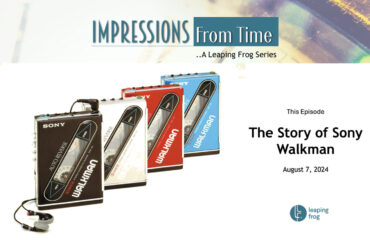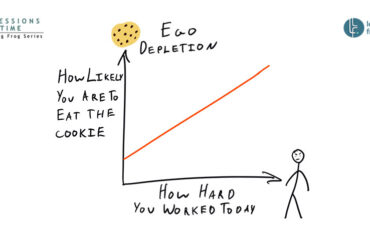
Picture Credit: https://shorturl.at/26YOq
The Volkswagen Beetle’s journey from concept to cultural icon is a fascinating tale of innovation, resilience, and reinvention.
The story begins in 1933 when Adolf Hitler, during the rise of the Third Reich, sought to develop a “people’s car” (Volkswagen) that would be affordable and accessible to the average German family. Hitler’s vision was rooted in his ambition to mobilize the German population, allowing them to experience the freedom of car ownership. He tasked Ferdinand Porsche, a talented engineer, with designing the car. Porsche’s blueprint focused on simplicity and durability, resulting in a vehicle that could carry a family of five, reach speeds of up to 100 km/h (62 mph), and was affordable enough for the masses.
In 1938, the first prototypes of the car, known as the KdF-Wagen (Kraft-durch-Freude, meaning “Strength through Joy”), were produced. However, World War II interrupted production, and the factory was repurposed to build military vehicles. The original vision for the “people’s car” was put on hold as the war escalated.
Following Germany’s defeat in 1945, the Volkswagen factory, now in ruins, fell under British control. The British Army considered dismantling it, but Major Ivan Hirst, a British officer, saw potential in the car’s design and decided to revive production. Under Hirst’s leadership, the factory began producing the Beetle for the British Army. The car, now named the Volkswagen Type 1, slowly started to regain its footing in post-war Europe.
By the late 1940s, the Beetle became symbolic of West Germany’s economic recovery, thanks in part to the Marshall Plan and the determined efforts of Volkswagen’s new management, led by Heinrich Nordhoff. Nordhoff focused on improving the car’s quality and expanding production. The Beetle’s reliability, affordability, and distinct design quickly won over customers in Europe, and by the 1950s, Volkswagen began exporting the car to the United States.
In America, the Beetle’s success was driven by clever marketing that highlighted its small size, simplicity, and reliability—traits that contrasted sharply with the large, flashy cars popular at the time. Volkswagen’s ad campaign, created by the agency Doyle Dane Bernbach (DDB), embraced the car’s quirks with slogans like “Think Small,” positioning the Beetle as the car of choice for the practical, non-conformist consumer. This approach resonated strongly with the counterculture movement of the 1960s, cementing the Beetle’s status as an icon of that era.
Throughout the 1960s and 1970s, the Beetle’s popularity soared, particularly among young people. Its friendly, round shape, and quirky charm made it a symbol of freedom, independence, and non-conformity. It became a car not just for transportation but for personal expression, embodying the spirit of a generation that valued simplicity and authenticity.
The Beetle’s design remained largely unchanged for decades, a testament to its enduring appeal. By 1972, the Beetle had surpassed the Ford Model T to become the best-selling car in history, a record it held for many years. It had evolved from a tool of a totalitarian regime into a symbol of peace, love, and individuality.
The Volkswagen Beetle’s story is a powerful reminder of how a product’s legacy can be transformed through reinvention and adaptation. What began as a project born out of a dark period in history ultimately became a symbol of post-war resilience, economic recovery, and countercultural expression. The Beetle’s journey from Hitler’s vision to a global icon highlights the complex interplay between history, design, and culture, proving that even the most unlikely products can leave a lasting impact on the world.
……………………………………………………………………………………………………………………………………
“Impressions From Time” is a curated series from Leaping Frog about stories from the past that have helped shape modern-day practices in the people and organisation domain.
Leaping Frog, a new-age consulting firm, is an enabler and co-creator in enhancing people and organisational effectiveness. We love doing work in the areas of “Driving Organisational Change and Development”, “HR Systems and Talent Strategy”, and “Leadership and Life Coaching”.
Connect and share, for work and more.
Mail: comm@leapingfrog.in
Website: www.leapingfrog.in
Follow Us: https://lnkd.in/d7TQbsia




